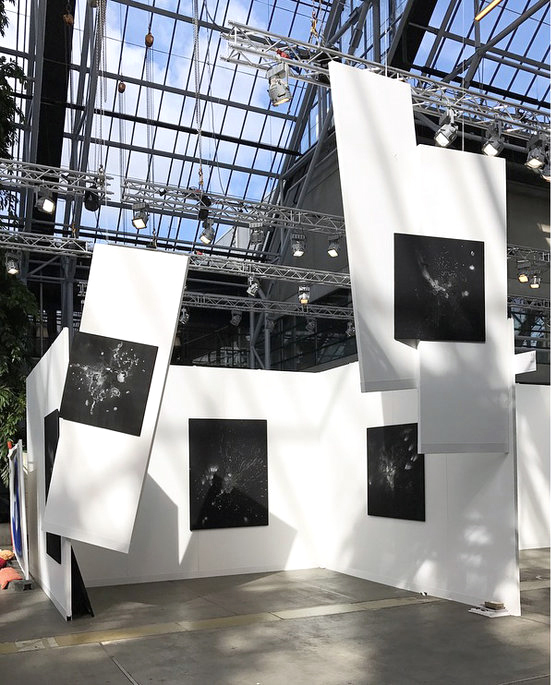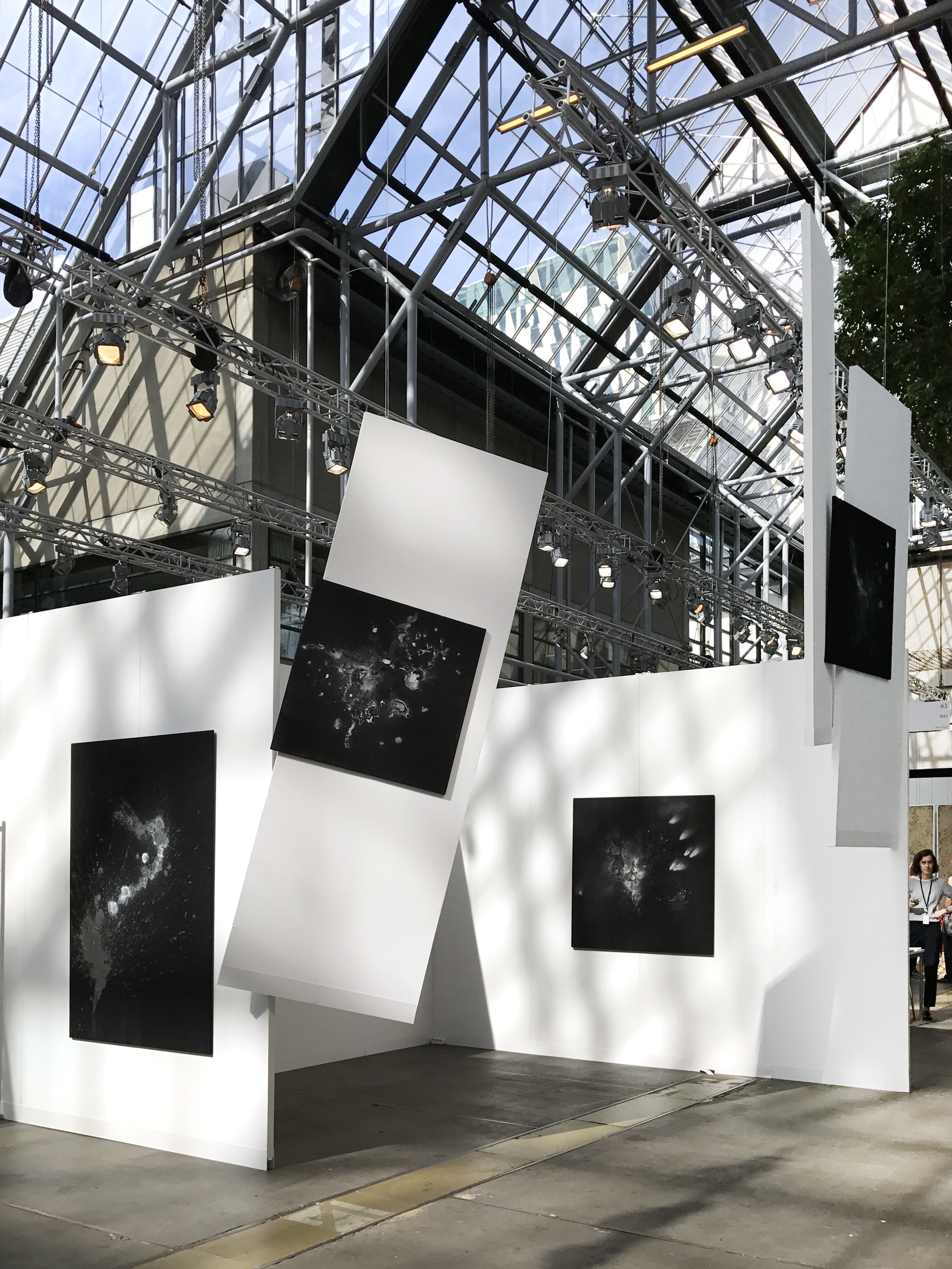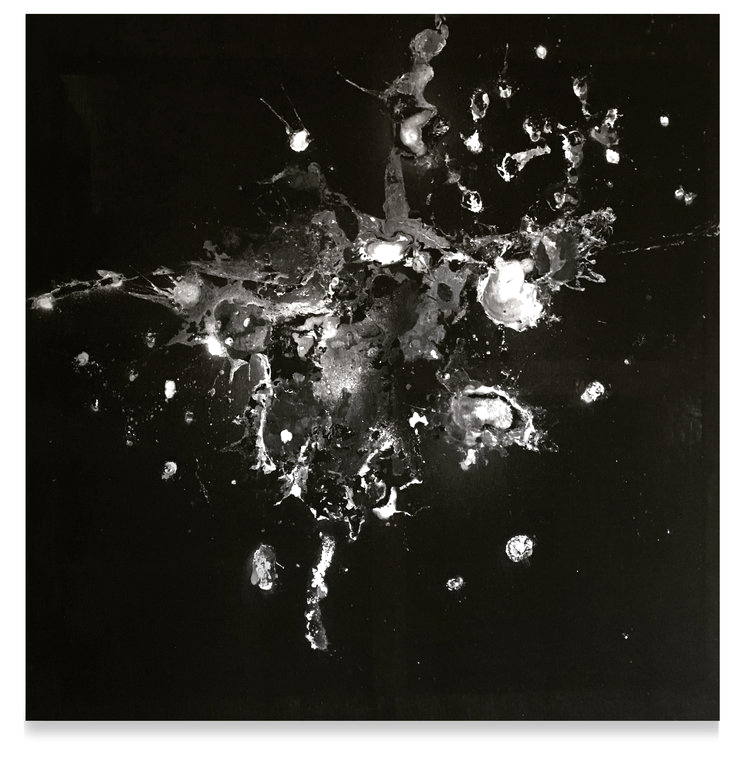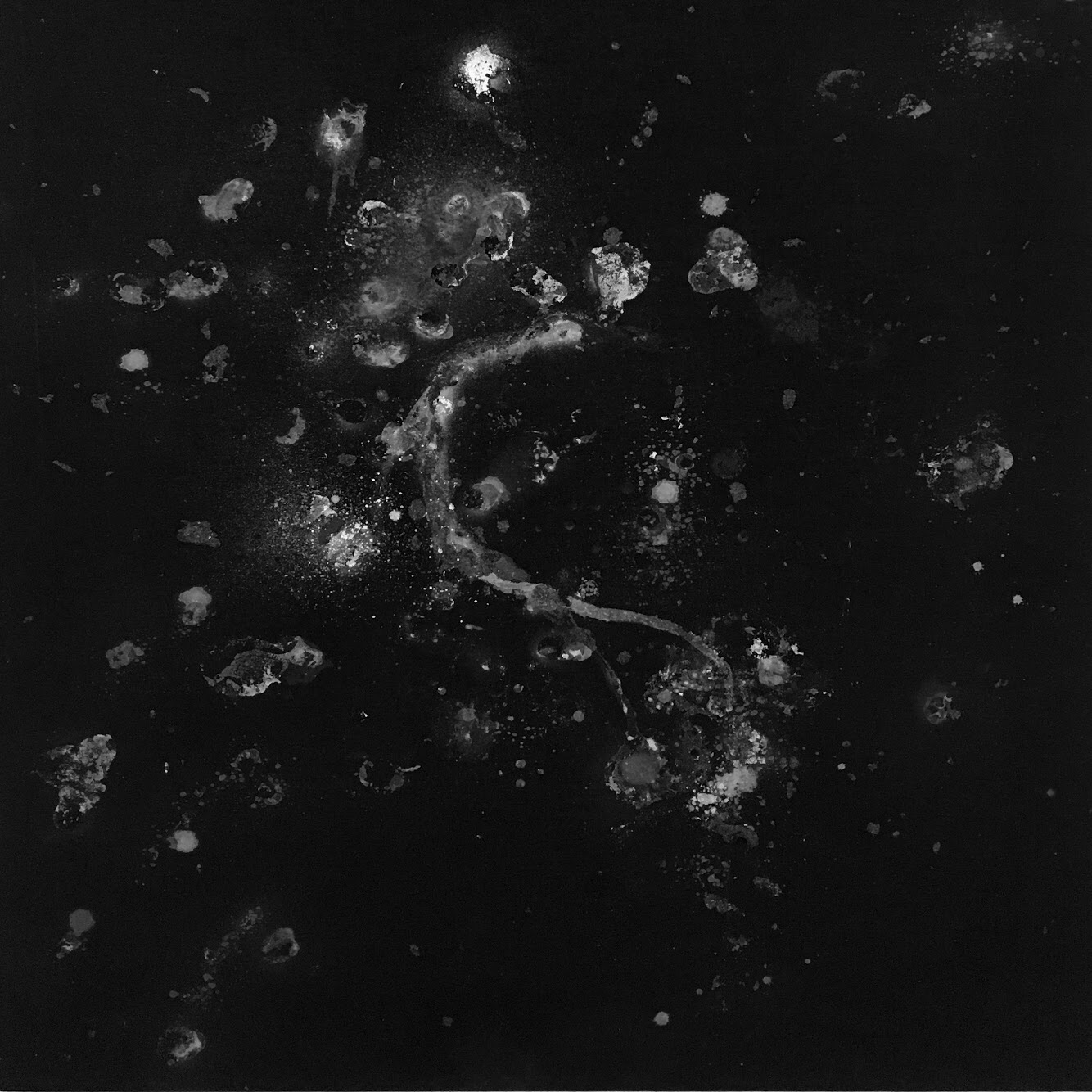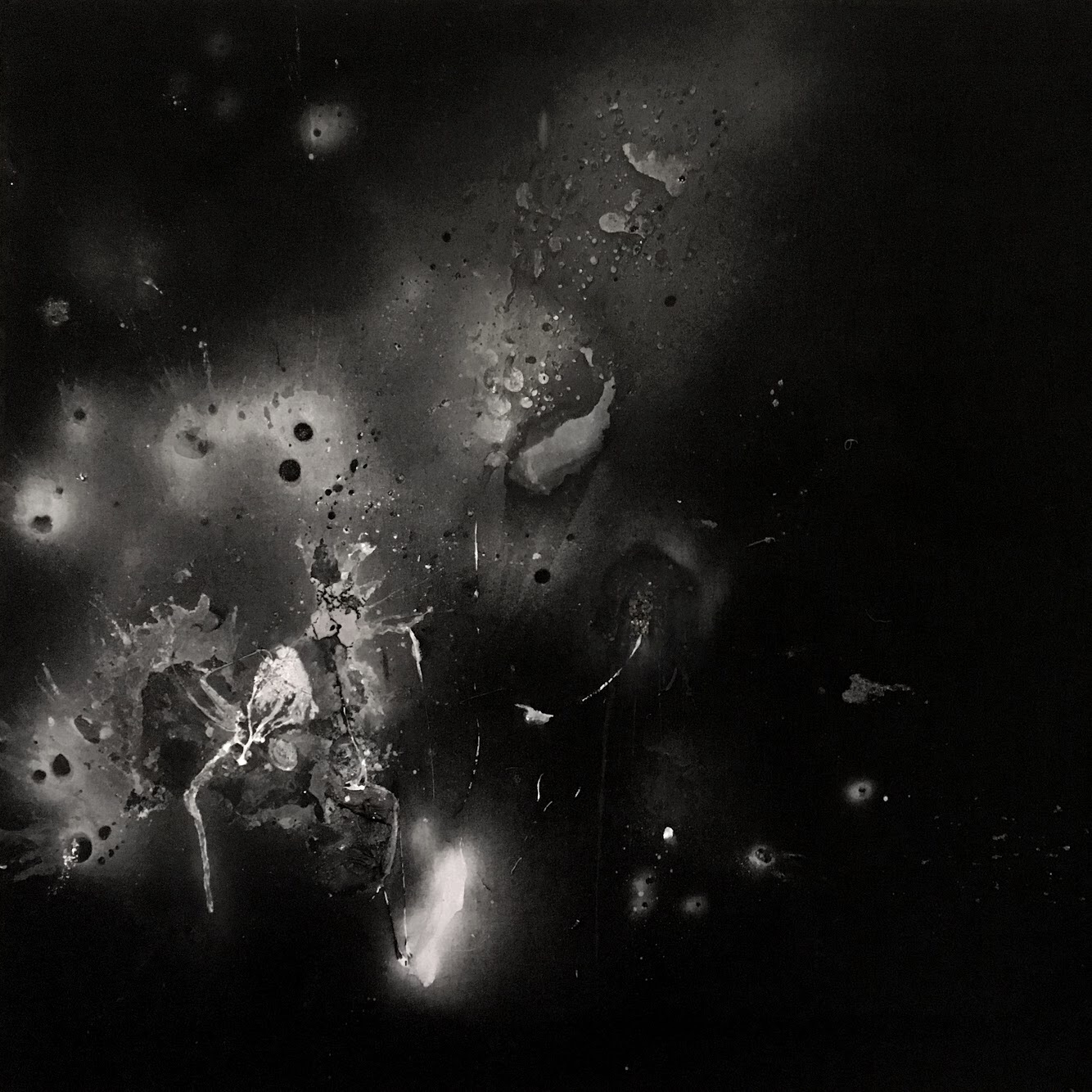The installation Those Who Are Awake Have a World in Common, While Each Person Asleep Has a World of His Own involves three lightweight copies of Code Art Fair's modular walls and a series of works on dyed canvas. It relates to the artist's commissioned work for GL STRAND’s conference room Bad Moon Rising.
GL Strand
Download Press Release
Mikkel Carl was born in 1976 and lives and works in Sorø/Copenhagen. He has an MFA from The Royal Danish Academy of Fine Arts and a BA in philosophy from Aarhus University. Alongside his artistic practice he writes, curates and teaches. He is on the board of Overgaden – Institute of Contemporary Art, and also on the Danish Arts Foundation's Committee of Visual Arts Grants Funding appointed in 2016 by the Minister of Culture. Among his latest shows are Now Moving Towards the Inner Circles of Reality, Ana Cristea, New York; The Murderous Narcissism of Minor Differences, 247365, New York; Not a Good Choice, M23, Miami; We Are All Workers, Kunsthal Nord, Aalborg; Secondary Object, David Dale Gallery, Glasgow.
Mikkel Carl
BAD MOON RISING
Installation view
GL Strand, Copenhagen
INTERVIEW WITH MIKKEL CARL
By Curator Pernille Fonnesbech
Pernille Fonnesbech (PF): The large ‘hovering’ sculpture in your installation for the Montana Room really dominates the space. How did the idea for it arise?
Mikkel Carl (MC): As I wrote to you from New York, I had a few busy, productive months over there, and two things in particular were obvious to me: the continued strength of Minimalism, but also the necessity increasingly to anchor art in space and context. My installation in Montanasalen is thus an example of (post)minimalist, staged, institutional critique with a touch of humour. Or irony, depending on your temperament. And typically for my practice, the physically overbearing meteorite draws on a number of references:
– “The Sword of Damocles”. When he praised Dionysius the Elder of Syracuse as the happiest man in the world, Damocles, according to the legend, was given his seat on the throne, but at the same time the King had a sword hung up by a single horsehair right above his head.
– “The Knights of the Round Table” were the men who were granted the highest order of knighthood at the court of King Arthur. And although this was far from a democracy, the idea of ‘the Round Table’ was nevertheless meant to signal a non-hierarchical relationship. At GL STRAND the usual oblong table stands, but the overhanging ‘danger’ makes everyone sitting around it equal.
– In the exhibition When Attitude Becomes Form Richard Serra [the American minimalist artist, ed.] threw molten lead up against the wall at Kunsthalle Bern. That is an image and an attitude I have taken with me. The same is true – although my work of course takes place on a quite different scale – of his public sculpture Tilted Arc. It is said that in the end it was so intimidating that it was removed, because people were afraid it would topple down over them.
Beyond that, I will say that I have been very aware that my installation has to function both as a direct attraction for the visitors to GL STRAND, who I hope will be drawn into the space on their way up to see the other exhibitions, and then of course as a commissioned ‘decoration’ of your meeting room; a place where you hold your own meetings but which is also used by firms that want to hold meetings in surroundings that are assumed to stimulate creativity. Now we must see how that goes.
PF: How is your installation meant to help influence the meeting situations in Montanasalen?
MC: A meteor is also just a large stone, and when we talk about ‘large stones’ and meeting situations – surely almost the definition of ‘non-material work’ – it is hard for me not to think of Sisyphus. Every day, condemned by the gods for his misplaced ingenuity, he transports his stone up the mountain, only to see it roll all the way down again. Is that something you can recognize? Would it matter if all the meetings people sit in were just a little shorter? But surely at bottom the reference goes further than that? The French writer and philosopher Albert Camus was, as we know, rather preoccupied with that same myth of Sisyphus – even in captivity or perhaps even because of such an absurd ‘millstone’, mankind, according to existentialism, has the option to be free.
And if we move further out on the philosophical fringe, GL STRAND has a Stanley Kubrick exhibition coming up, and perhaps for that reason among others the colour and oblong shape of the sculpture recall for me the hovering monolith in his masterpiece 2001 – A Space Odyssey. An occurrence which in the film is an image of the Fall of Man, viewed in a Christian perspective, or the point in Darwinism’s history of evolution at which mankind rises out of a state of nature through the use of tools and weapons. We relate to the ‘ready-to-hand’ (zuhanden), as the German philosopher Martin Heidegger would say, and this is how the special human ‘being-in-the-world’ (Dasein) arises.
PF: You have chosen the title Bad Moon Rising. How does that relate to the sculpture and the themes you have been talking about?
MC: The first thing my wife said when I told her about the project was: “It’s just like Lars Von Trier’s Melancholia.” Well, the work couldn’t be called that. But in the light of gravity and the political situation in the world in general, I chose the title of the well-known pop/rock song by Creedence Clearwater Revival. Let me quote:
I see a bad moon a-rising
I see trouble on the way
I see earthquakes and lightnin'
I see bad times today
followed by:
I hear hurricanes a-blowing
I know the end is coming soon
I fear rivers over flowing
I hear the voice of rage and ruin
